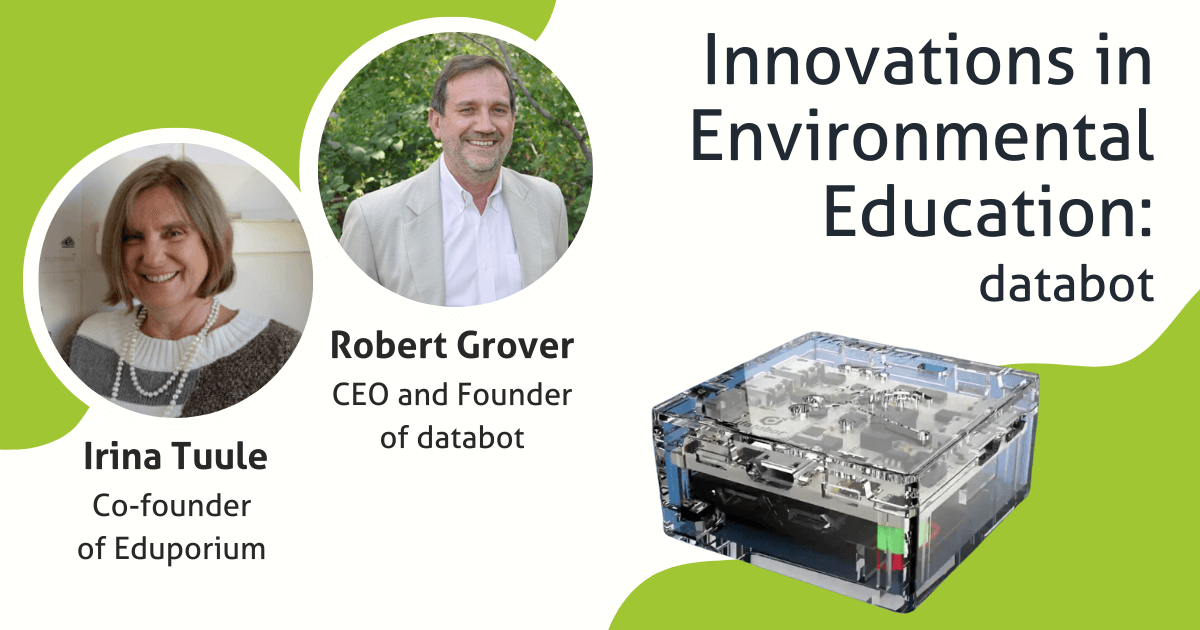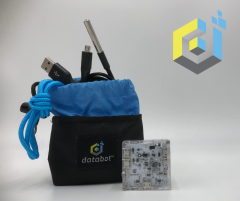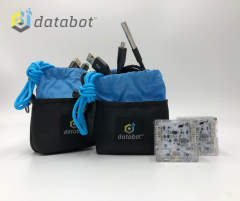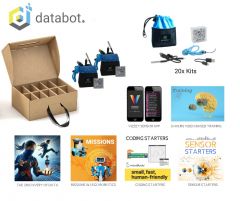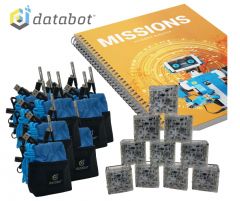As educators, how can we help students become responsible citizens? How can we teach students to engage with modern challenges, such as climate change and environmental health? Our spring webinar series tackled these questions by looking at one of our favorite environmental education tools: databot 2.0. In our new model of Ecological Education, EdTech tools like databot are key to facilitating students' interaction with and appreciation of the environment. This webinar explains Eco Education and how it, in combination with databot, enables greater environmental literacy. Check it out below or read on for a summary!
What is Ecological (or Environmental) Education?
EcoEd, to us, means integrating ecological principles—specifically interdependence, diversity, and beauty—into teaching practices across the curriculum. These principles may seem nebulous, but they are actually based on direct observation of natural ecosystems. Interdependence allows organisms to thrive in a collective environment, while diversity enriches the interdependence of the environment by providing more resources. Finally, beauty increases organisms' chances of survival by attracting mates. These three valuable principles can be mapped onto an educational environment, as well, as we discuss in this webinar.
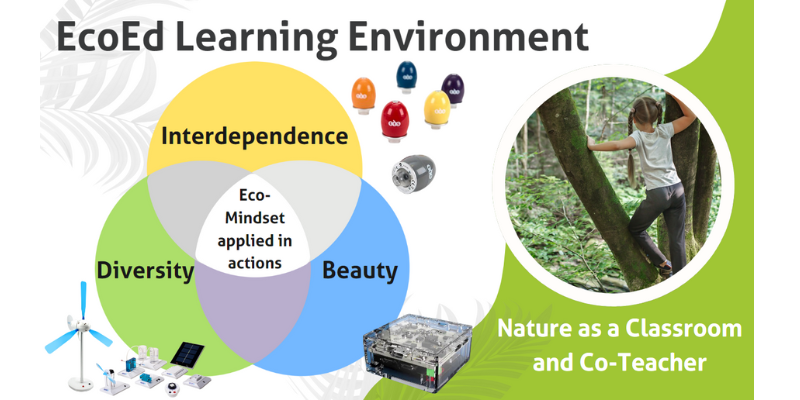
In schools, interdependence creates and strengthens connections between members at all levels of the school system: students, parents, teachers, administrators, staff, and more. The more diverse these groups, the more fresh and interesting perspectives they bring, increasing inclusion and innovation. These perspectives, inspired by beauty, can come together to create a force of change in the world. As students learn more about these natural principles and their manifestations in their daily lives, they will start to develop an Eco-Mindset—their own way of seeing the world through the lens of Nature. Eventually, this mindset will lead to actionable change to solve problems in local and natural environments and beyond.
Using EdTech for Environmental Education
How will students gather the knowledge needed to put their newfound Eco-Mindset into action? With EdTech tools like databot, students can gain information about (and passion for) the environment. EdTech allows them to interact with aspects of the world around them that they could not otherwise access, such as invisible data about light and air quality. By providing instant, hands-on feedback, EdTech helps students refine their learning processes. They'll improve their problem-solving skills through the trial and error of active learning and develop independence by designing and programming their own projects. These skills will prepare them to enter the real world ready to solve its most pressing issues.
databot as an EcoEd Learning Tool
The databot is a programmable, palm-sized box that collects data through its 16 sensors, including data on CO2, humidity, air pressure, and more. Students use this real-time data to explore environmental issues while boosting their critical thinking and STEM skills. Just one small device and an accompanying app open up worlds of possibility. The databot's sensors are programmable in block and text languages, making it accessible to multiple grade levels. Teachers can find pre-configured experiments to use alongside their lessons (or they can check out databot's STEM curricula). Classes can use either pre-made experiments or custom ones in lessons about weather, the environment, and more.
One such lesson comes from Neil Lundgren, an elementary science specialist in Kansas. He took his third grade classes outside with databot to gather data about weather patterns in the area. He says, "We used the databot daily to go out and get measurements for temperature, air pressure, and humidity... We looked at the trends and patterns in that data and compared it to the expected climate in our region." This project develops climate awareness and data analysis skills in students—and shows that databot is accessible even for younger kids! However, databot projects can easily be scaled up for older students. One high school group used databot to study air quality and carbon dioxide readings inside their school.
There are many more EcoEd applications for databot, and we cover several of them in this environmental education webinar. Plus, you can hear all about how to code databot's sensors, pair it with drones to cover a wider area, and use it to play games like Capture the Flag! Access the webinar slides here, as well. For more information on databot and other green STEM tools, subscribe to our newsletter or follow us on social media.



